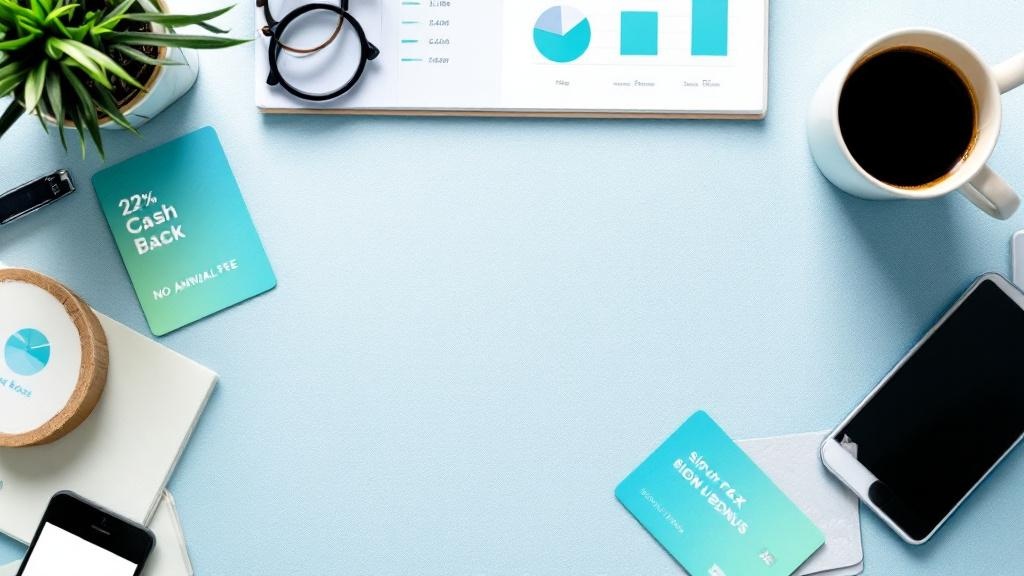💳 Cash Back Credit Cards: Which Card Pays You the Most?
If you’ve ever swiped your card and thought, “I wish I could earn something from this,” you’re in luck—cash back credit cards are designed to do exactly that. These cards don’t just offer convenience; they give you real financial rewards. Whether you’re grocery shopping, paying bills, or planning a vacation, choosing the right cash back card can mean hundreds—sometimes even thousands—of dollars back in your pocket each year.
But with so many options out there, which cash back credit card actually pays the most? That’s exactly what we’ll unpack here. We’ll also help you understand what types of cash back cards exist, how to compare them, and how to pick the perfect one based on your lifestyle.
🔍 What Is a Cash Back Credit Card?
A cash back credit card is a rewards card that gives you a percentage of your purchases back as cash rewards. Instead of accumulating points or miles, you get direct savings either as a statement credit, bank deposit, or even a check.
How Cash Back Works:
You spend money using your credit card.
The issuer gives you a percentage (e.g., 1%, 2%, or more) back.
You redeem your rewards as statement credits, direct deposits, or gift cards.
The appeal is simple: spend money, get money back. But not all cards are created equal.
🏆 Types of Cash Back Credit Cards
Let’s break down the major types, so you can see which one aligns with your spending habits.
1. Flat Rate Cash Back Credit Cards
These cards offer the same cash back rate on every purchase.
Example:
Citi® Double Cash Card – Earns 2% cash back: 1% when you buy and another 1% when you pay off your balance.
Best For: People who want simplicity and don’t want to track categories.
2. Rotating Category Cash Back Cards
These cards offer higher cash back in specific categories that rotate each quarter (e.g., gas, groceries, restaurants).
Example:
Chase Freedom Flex℠ – Earn 5% back on rotating categories up to a spending cap.
Best For: Strategic spenders who don’t mind activating categories and adjusting purchases.
3. Tiered Category Cash Back Cards
These offer different reward rates depending on the category.
Example:
Blue Cash Preferred® Card from American Express – 6% cash back on groceries (up to $6,000 annually), 3% on transit and gas, 1% on all else.
Best For: Households with high grocery or gas expenses.
4. Business Cash Back Credit Cards
These cards are tailored for small business owners with rewards on office supplies, travel, and other business expenses.
Example:
Ink Business Cash® Credit Card – Earns 5% on office supplies and internet/cable/phone services.
Best For: Small business owners looking to earn on daily operational expenses.
5. Student Cash Back Credit Cards
Designed for those new to credit, often with bonus rewards for good grades or responsible behavior.
Example:
Discover it® Student Cash Back – 5% cash back on rotating categories + $20 statement credit each year for a 3.0 GPA or higher.
Best For: College students building credit while earning rewards.
🤑 Which Cash Back Card Pays the Most?
This depends on how much you spend and where you spend it. Here’s a quick comparison based on popular categories:
| Card Name | Best For | Max Cash Back Rate | Annual Fee |
|---|---|---|---|
| Blue Cash Preferred® (Amex) | Groceries | 6% | $95 |
| Citi® Double Cash | Everyday purchases | 2% | $0 |
| Chase Freedom Flex℠ | Rotating categories | 5% | $0 |
| Ink Business Cash® | Business expenses | 5% | $0 |
| Discover it® Student Cash Back | Students | 5% | $0 |
👉 Takeaway: If your goal is to maximize cash rewards, choose based on your spending category, not just the advertised rate.
🎯 How to Choose the Best Cash Back Credit Card for You
1. Understand Your Spending Habits
Do you spend more on groceries, gas, dining, or travel? Choose a card that gives you high rewards where you already spend.
2. Compare Flat vs. Tiered vs. Rotating Categories
If you want simplicity, go with a flat rate cash back card. If you’re more hands-on, rotating or tiered category cards offer higher rewards.
3. Look for Sign-Up Bonuses
Many cash back cards with sign up bonus options offer $150–$300 if you meet a spending threshold in the first 3 months.
4. Consider Fees
Some high cash back credit cards have annual fees—but they may be worth it if the rewards outweigh the cost.
5. Check Introductory Offers
Look for introductory APR offers if you’re planning a large purchase or balance transfer.
💡 Real-Life Example: Grocery Shopper vs. Freelancer
Alicia, a mom of two, spends $500/month on groceries. She uses the Blue Cash Preferred® card:
$500 x 6% = $30/month → $360/year
Annual fee: $95
Net reward: $265/year
David, a freelancer, spends across multiple categories. He uses the Citi® Double Cash:
Spends $1,000/month on various purchases
2% on everything = $20/month → $240/year
No annual fee = $240/year
💬 Moral: The highest earning card depends on your lifestyle.
📈 Additional Benefits Beyond Cash Back
Financial benefits like 0% APR intro offers
Credit building if used responsibly
Purchase protection and extended warranties
Redeem for statement credits, direct deposit, or gift cards
✅ Tips to Maximize Cash Back Rewards
Pay in full every month to avoid interest
Stack with cashback apps (e.g., Rakuten, Dosh)
Track rotating categories and activate them on time
Use multiple cards for category maximization
Keep an eye on credit utilization to maintain your credit score
❓ FAQs About Cash Back Credit Cards
1. What are the best cash back credit cards with no annual fee?
Cards like Citi® Double Cash, Chase Freedom Unlimited®, and Discover it® Cash Back offer great rewards with zero annual fee.
2. Is cash back better than points or miles?
Depends on your goals. For simplicity and flexibility, cash back beats credit card points. You don’t have to worry about redemption rules or fluctuating value.
3. Can I get a cash back card with a low credit score?
Yes, some student cash back credit cards or secured cards offer cash back with lower credit score requirements. However, your APR might be higher.
4. Do cash back rewards expire?
It varies. Most don’t expire as long as your account is open and in good standing. Always check the card’s rewards program terms.
5. How do I redeem cash back?
Common options include:
Statement credits
Bank deposits
Gift cards or online purchases
6. What’s the difference between flat rate and rotating category cards?
Flat rate gives the same percentage back on every purchase. Rotating category cards offer higher rewards but only in certain categories and timeframes.
7. Can businesses earn rewards too?
Absolutely. Business cash back credit cards offer rewards tailored for office supplies, tech, travel, and more.
🏁 Final Thoughts: Which Cash Back Credit Card Should You Get?
There’s no one-size-fits-all answer. The best cash back credit cards are the ones that reward your lifestyle.
Want simple, solid rewards? Go for a flat rate cash back card.
Spend a lot on groceries or gas? Opt for a tiered cash back card.
Like strategizing for maximum return? Try a rotating category card.
Run a business or freelance? Business cash back cards can save you thousands annually.
Remember: the smartest cardholder isn’t the one with the fanciest card, but the one who uses it wisely.
📌 Pro Tip:
Compare multiple options using a credit card comparison tool, factor in APR, fees, and sign-up bonuses, and never spend just for the sake of earning rewards.








Comments (0)